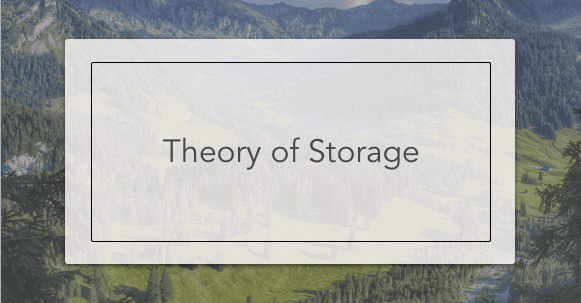The Theory of Storage describes features observed in commodity markets. Here are some basic terminology that needs to be understood to understand the Theory of Storage.
Commodity Market
A commodity market is a market that trades in primary goods rather than manufactured products. Soft commodities are agricultural products such as wheat, coffee, cocoa and sugar. Hard commodities are usually mined and include metals like gold and iron ore.
Spot Price
A spot contract, spot transaction, or simply spot, is a contract of buying or selling a commodity, security or currency for settlement (payment and delivery) on the spot date. The spot date is normally two business days after the trade date. The settlement price (or rate) is called spot price (or spot rate).
Futures Prices
A forward contract or futures contract is where contract terms are agreed now, but delivery and payment will occur at a future date. The contracts are negotiated at a futures exchange, which acts as an intermediary between the two parties.
Contango
This is when the future prices are trading higher than the expected spot price.
Backwardation
This is when the future prices trading below the expected spot price.
The Theory of Storage
When available inventory levels (supply) of the commodity are high, the buyers of that commodity keep their supply levels to the minimum.
- Futures prices tend to be in contango. This means that future prices are trading higher than the expected spot price.
- The volatility of spot and futures prices tend to be low, and equal.
When available inventory levels of the commodity are low, buyers of the commodity tend to stock up on the good:
- Futures prices tend to be in backwardation. Backwardation means that future prices are trading lower than the expected spot price.
- The volatility of nearby futures prices are raised compared with the volatility of long term futures prices.

